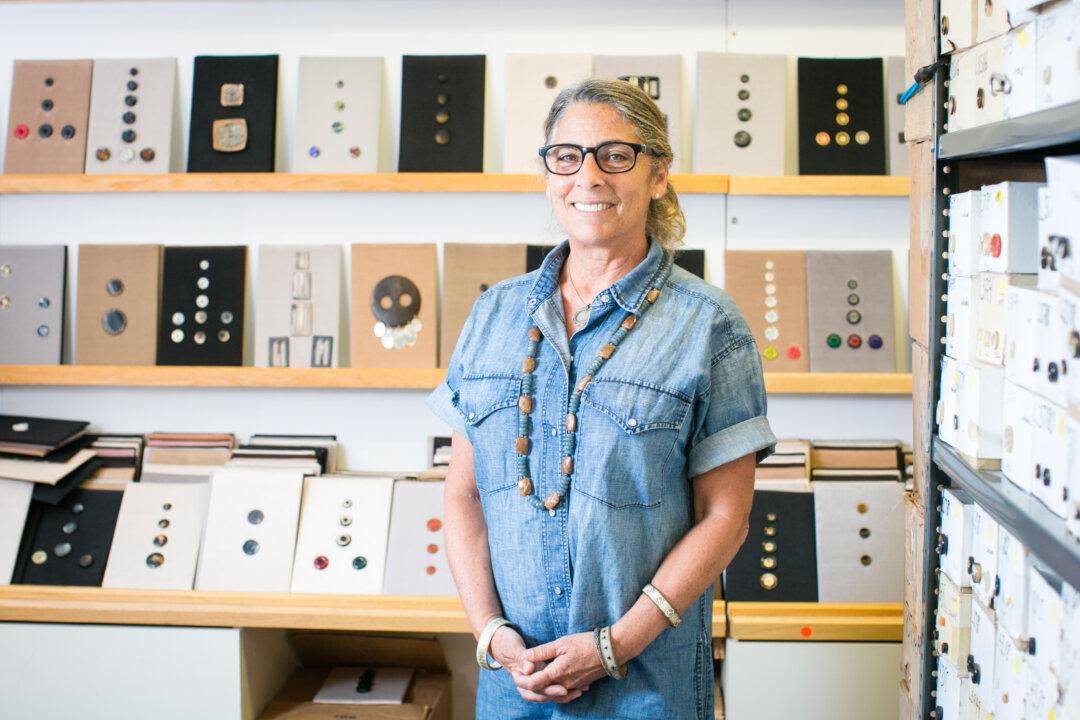One might think that virtue is a quality not so easily quantifiable in a woman, yet in the 1500s the measure of a woman’s virtue could be instantly ascertained by looking at her embroidery.
The current exhibition Fashion and Virtue, Textile Patterns and the Print Revolution, 1520–1620 at the Metropolitan Museum of Art examines this concept and its cultural implications starting from the 16th century.
The exhibition, drawn largely from the Metropolitan Museum’s own collections, shows drawings, textile samples, costumes, paintings, and many textile pattern books that have miraculously survived over the centuries.
The Fashion Magazine Is Born
The exhibition was organized by Femke Speelberg, associate curator in the Department of Drawings and Prints at the Met, who explained that the pattern books were the first fashion magazines, published quarterly. And, just like today, publishers were competing with each other while trying to cater to public taste. They did not have covers, and were meant for a domestic market.
Most pattern books perished because they were printed to be used, meaning that their pages would be cut out and pricked so as to copy the patterns of the designs onto fabric.
One of the prints in the exhibition illustrates the methods used by women to copy the patterns in the books. It depicts four women: one is transferring patterns by using the light of a candle, another simply uses the light of day to achieve transparency, a third one does it by pricking and pouncing, and a particularly skilled craftswoman is copying the designs freehand.
The boom in embroidery was due to the fact that textile trade picked up in the late Middle Ages and the Renaissance. Textile merchants became the nouveau riche of the time and people were experimenting with silk as a new material, even importing and growing silkworms and producing their own fabrics. Silk threads became widely available, which also led to embroidery becoming a fashion statement.
Previously only members of the nobility and the church could afford high-end fabrics with sumptuous embroidery.




